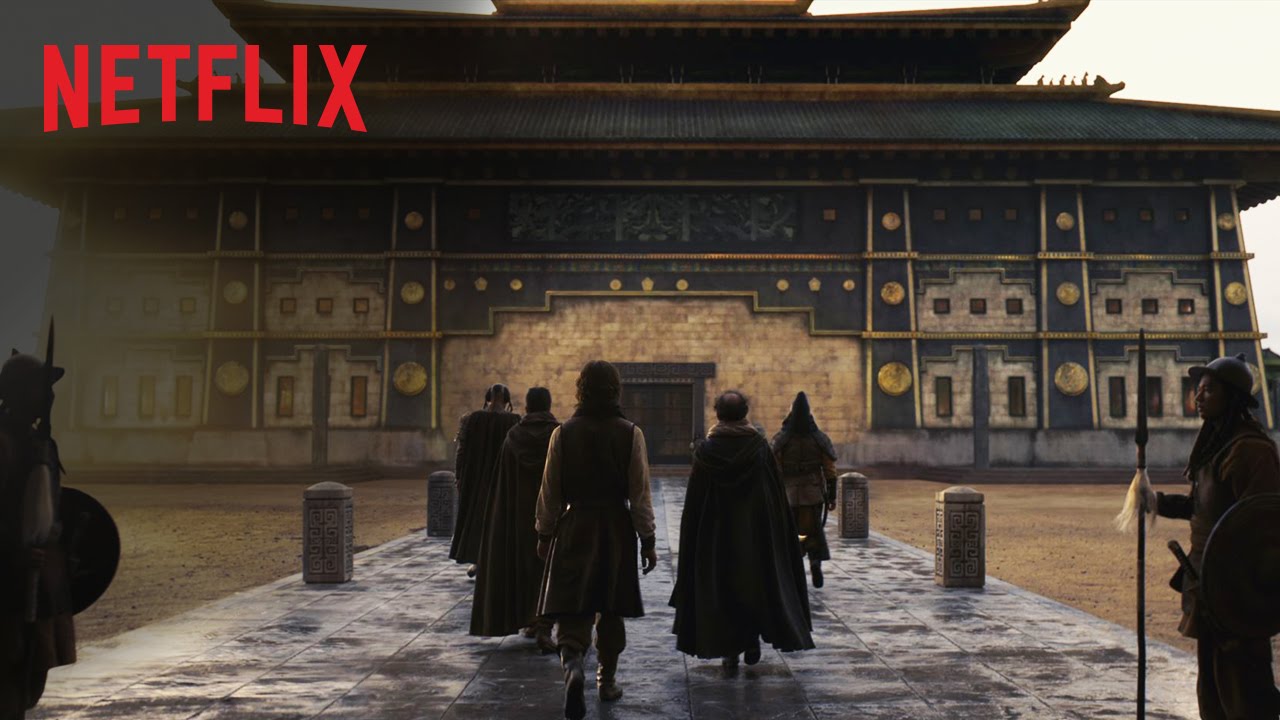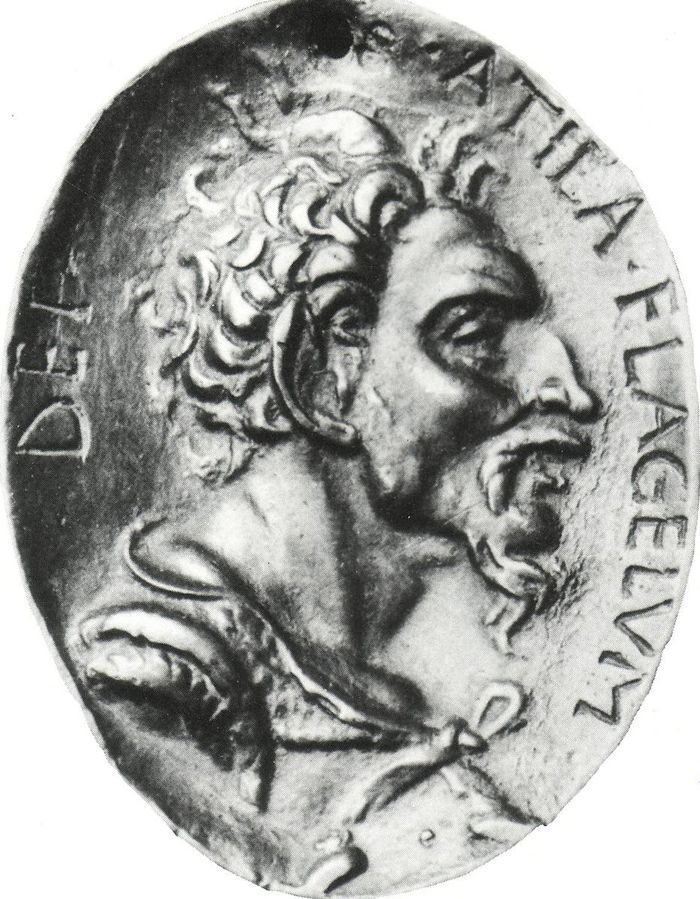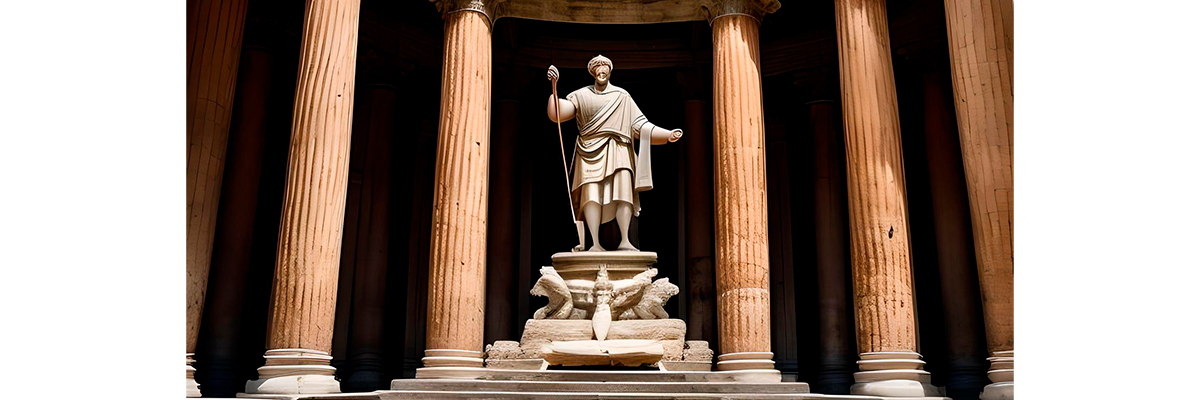Marco Polo: The Great Traveler

Contents
Marco Polo, Venice, Italy 1254 – Venice, 1338
It has been more than 750 years of the birth of Marco Polo, the adventurer who discovered the East to Western eyes, and vice versa. Marco Polo, the great traveler who gave all that he observed a remarkable descriptive detail and during the many decades he spent away from his native Venice, in the lands where they had never seen anyone of a different race.
“Marco Polo” is based on the explorer’s famed adventures in the court of Kublai Khan, a world of greed, betrayal, sex and rivalry.
Not that we did not know that there Tramontana towards India and China, far beyond the thirteenth century. But the vast distances, the difficult physical barriers, climatic and save every kind were many and, therefore, these remote lands won in exoticism to be as unknown or known only in a superficial or shallow, so that only some men who had heard of them could tell.
Evidence of the existence of the East and were reflected by Herodotus, considered the “father of history”, but for which the world had in India and set this country was extended to all the East. Also the Roman Empire was established in this part of the globe.
Marco Polo and the Silk Road
In that time he opened what is known as “Silk Road”, one of the most important world trade routes between East and West, besides being a source of mutual understanding and communication. So these different civilizations began to meet in the first century, when the first book of Latin references and vice versa, as knowledge of certain spices, textiles and fragrant woods.
The merit of Marco Polo was to write all that was watching, to build the travel book par excellence, as a historical reference and as an opportunity to get closer and deeper into a world different and distant.
The adventures of Marco Polo
The father and uncle of Marco Polo were merchants and business partners, traveling by horse been selling gemstones. This activity was what prompted them to embark on a major trip, as had encouraging data on what would be a great full-scale marketing. This trip would be the prelude to that later, as a companion, Marco Polo in store for the opportunity to accompany them to the far eastern lands.
Marco Polo’s intention as expressed in the text of his travel book, was moved to the fabulous world he discovered, to instruct and teach contemporary men of his time. At the same time, trying to put aside the personal journeys and adventures that befell him, would certainly be difficult.
The book is written in such a way that does not seem a work of the son of a merchant of the Middle Ages, but a man enlightened enough to capture the knowledge gained and extended to the rest of humanity.
The preface of the book is dedicated to all heads of state, since, in his view, it contains important information, unknown to the men of that era.
The start of Marco Polo’s trip
Polo’s journey begins in 1271. From Venice came to Acre, a town now inside Israel, reaching the Persian Gulf later. Then travel over land to the north, through Persia to Central Asia, later to ascend the Oxus river, now known as the Amu Darya, to reach China and cross the Gobi desert, finally reaching the realm of Kublai Khan. Its distinctive European look led them to the office of Khan to be understood perfectly. Marco Polo came to be named first component of the diplomatic corps, later to be appointed governor of a province of China.
In one of its diplomatic missions traveled to India, returning to Beijing by the year 1287. And had occasion to travel Burma or Yunnan, on official business.
Determined to return to their homeland, after countless efforts to sever ties with East and now in 1295, managed to return to Venice with great riches, “thanking God for having escaped so great toil and endless danger.”
The following years have passed by in history because little is known about them except that wrote the travel book prison.
It is said that after the trip, they arrived at the family home, none of the relatives who were there knew how to recognize them.
Back in Venice, Marco Polo was married and had 3 daughters. He did not die rich. Has found his will and apparently did not contain great riches, but nobody dares to compare the value of the currency in the fourteenth century which would now.
He was buried in the Church of San Lorenzo. To be reconstructed lost track of where they were sure their bones.
At that time, publishers are working hand-copied books. The last editor of Marco Polo acknowledged in a letter that could be a hundred versions of the book, “because, from the beginning, each copyist omitted, shortened, paraphrased and made mistakes as you wish and will…”
The original manuscript has disappeared, so close to the truth that made that Marco Polo is difficult, however, the book of travels of Marco Polo is a compilation task performed by experts. Thus, in 1938, an issue put to the reader a version of the text based on a wide range of versions.
Related article: Facts about the life of Marco Polo






